Kartografer (talk | contribs) m (Copying text of wiki page for coparison with the "Basemap" page) |
Kartografer (talk | contribs) m (Copying text of wiki page for coparison with the "Arizona/Area Managers/Main" page) |
||
| Line 1: | Line 1: | ||
<!---------------------- DO NOT MODIFY THIS TOP CODE ------------------------------- | |||
------------------------------------------------------------------------------------ | |||
--><noinclude>{{:USA/CommonState/ReturnPurge|{{#titleparts:{{PAGENAME}}|-1|-2}}}}</noinclude><includeonly><!-- | |||
------------------------------------------------------------------------------------ | |||
---- Area Managers: Cancel edit and use link on table next to "Area Managers". ----- | |||
---- Other Area Editors: Cancel edit and use link on table next to "Other Area | |||
---- Editors". If does not exist, that section can be added from talk page.---- Country/State Managers: Continue. | |||
------------------------------------------------------------------------------------ | |||
---- This page is only transcluded into (displayed on) the main page for this | |||
---- state. When first setting up this page, remove the example users for Country | |||
---- and State managers. Area Managers are changed in a different section as noted | |||
---- above. When adding a new user, use the following template: | |||
{{AM/Editor|Username|Area Managed|Other Comment|gho=y|pic=File:Avatar z.png|badge1=x|badge2=x|badge3=x}} | |||
---- If any fields are skipped, ensure the first three pipe "|" characters are | |||
---- present. Note the badge1, badge2, badge3 entries are optional, and the "x" | |||
---- is replaced only by what is defined under: {{AM/Badge}}. The gho, and pic fields | |||
---- are optional, they can be used to display your Google Hangouts avatar and display | |||
---- name under your username. If you only use the gho field without the pic field, | |||
---- a generic color tile will be generated for you in Google style. | |||
---- The y in the gho field should be replaced with you GHO display name. | |||
---- The z in the pic field should be replaced with the link (not including brackets) | |||
---- to your avatar image on this wiki. | |||
---- This link can be reached from http://wiki.waze.com/wiki/Template:AM/Badge or | |||
---- search the Wiki for: "Template:AM/Badge" | |||
---- | |||
---- When adding a new user, place the new template based on Rank (highest first) | |||
---- and then alphabetical order in that rank. | |||
------------------------------------------------------------------------------------ | |||
--------------------- AREA MANAGER TABLE BEGINS BELOW ------------------------------ | |||
---------------------------- EDIT BELOW LINE --------------------------------------- | |||
-----------------------------------------------------------------------------------> | |||
{{AM/Top|gho=yes|ghoName=GHO Name}}<!-- Top of the table --> | |||
{{AM/Country}}<!-- Defines the start of the country manager section --> | |||
{{AM/Editor|jemay|6|Country Wide|Southwest Regional Coordinator|badge1=rc|badge2=gc|badge3=mgc}} | |||
{{AM/Editor|nnote|6|Country Wide|Territories Regional Coordinator / Resident of state|badge1=rc|badge2=lc|badge3=mlc|badge4=mr|gho=Nicholas}} | |||
{{AM/Editor|ply8808|6|Country Wide|Resident of state|badge1=lc|badge2=mlc|badge3=mr|gho=Paul}} | |||
{{AM/Editor|the1who|6|Country Wide|Plains Regional Coordinator who is in Arizona periodically|badge1=rc|badge2=gc|badge3=mgc}} | |||
{{User:Dmcrandall/AM}} | |||
== | {{AM/State}}<!-- Defines the start of the state manager section --> | ||
{{AM/Editor|Fredo-p|5|State Manager|Resident of the state|badge1=sm|badge2=mr|gho=Alfredo|pic=File:Avatar Fredo_p.jpg}} | |||
{{AM/Editor|CitizenTraffic|5|State Manager|Resident of the state|badge1=sm|badge2=mr|gho=Orville|pic=File:Avatar_orville.png}} | |||
{{AM/Editor|BummerDude69|4|State Manager (NYC AM)|Resident of the state|badge1=sm|badge2=mr|gho=John Sanborn|pic=File:Avatar bummerdude69.jpg}} | |||
{{AM/AreaLink}}<!-- Defines the start of the area manager section --> | |||
{{#ifexist: {{BasePage2}}/AM/Editor/Area |<!-- | |||
-->{{:{{BasePage2}}/AM/Editor/Area}}<!-- Area managers are edited through the main page link accessed from within the table itself. Do not add them here.--> | |||
}}<!-- End ifexist --> | |||
{{AM/Bottom}}<!-- Bottom of the table; must be the last line of table. ------------- | |||
------------------------------------------------------------------------------------ | |||
-->{{#ifexist: {{BasePage2}}/AM/Editor/Area2 <!-- If other table exists --> | |||
| {{AM/Area2Link}}<!--then display Other Table, or skip --> | |||
}}<!-- End ifexist --></includeonly> | |||
<!-----------------------------------------------------------------------------------> | |||
<!------------------------ DO NOT ADD CODE BELOW THE TABLE --------------------------> | |||
# | |||
-
Albania

-
Angola

-
Argentina

-
Australia

-
Österreich

-
Bahrain

-
Belarus

-
Belgium

-
Belize
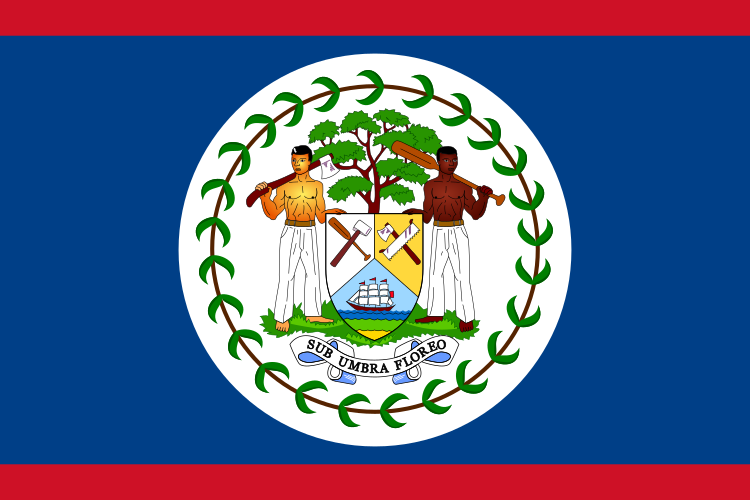
-
Bolivia

-
Bosnia and Herzegovina

-
Brasil

-
Bulgaria

-
Canada

-
Chile

-
China

-
Colombia

-
Costa Rica

-
Croatia

-
Cyprus

-
Czech

-
Denmark

-
EAC
-
Ecuador

-
El Salvador

-
Eesti

-
Etsi

-
Finland

-
France

-
Germany
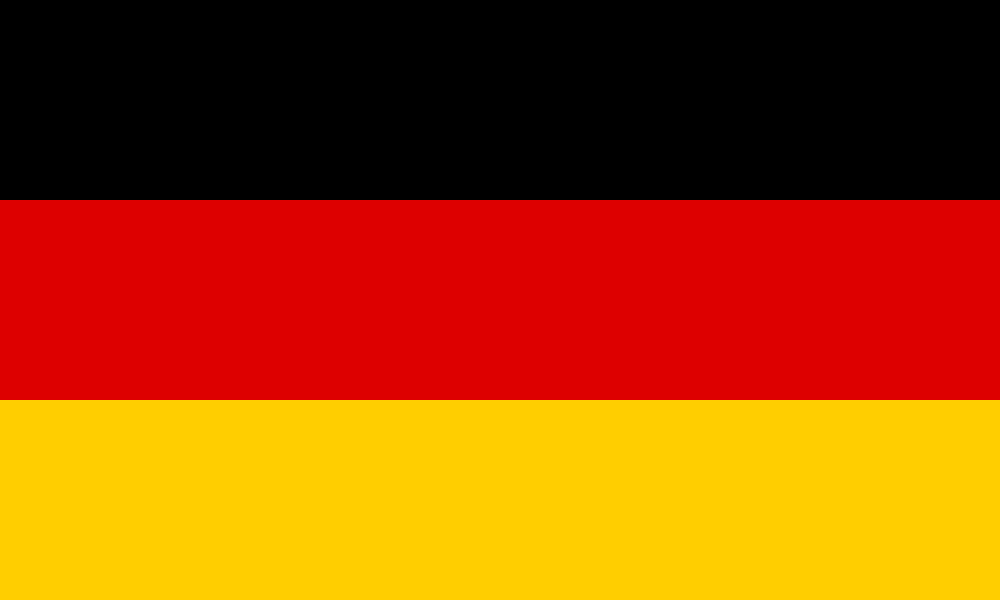
-
Ghana

-
Greece

-
Guatemala

-
Hong Kong

-
Hungary

-
Iceland
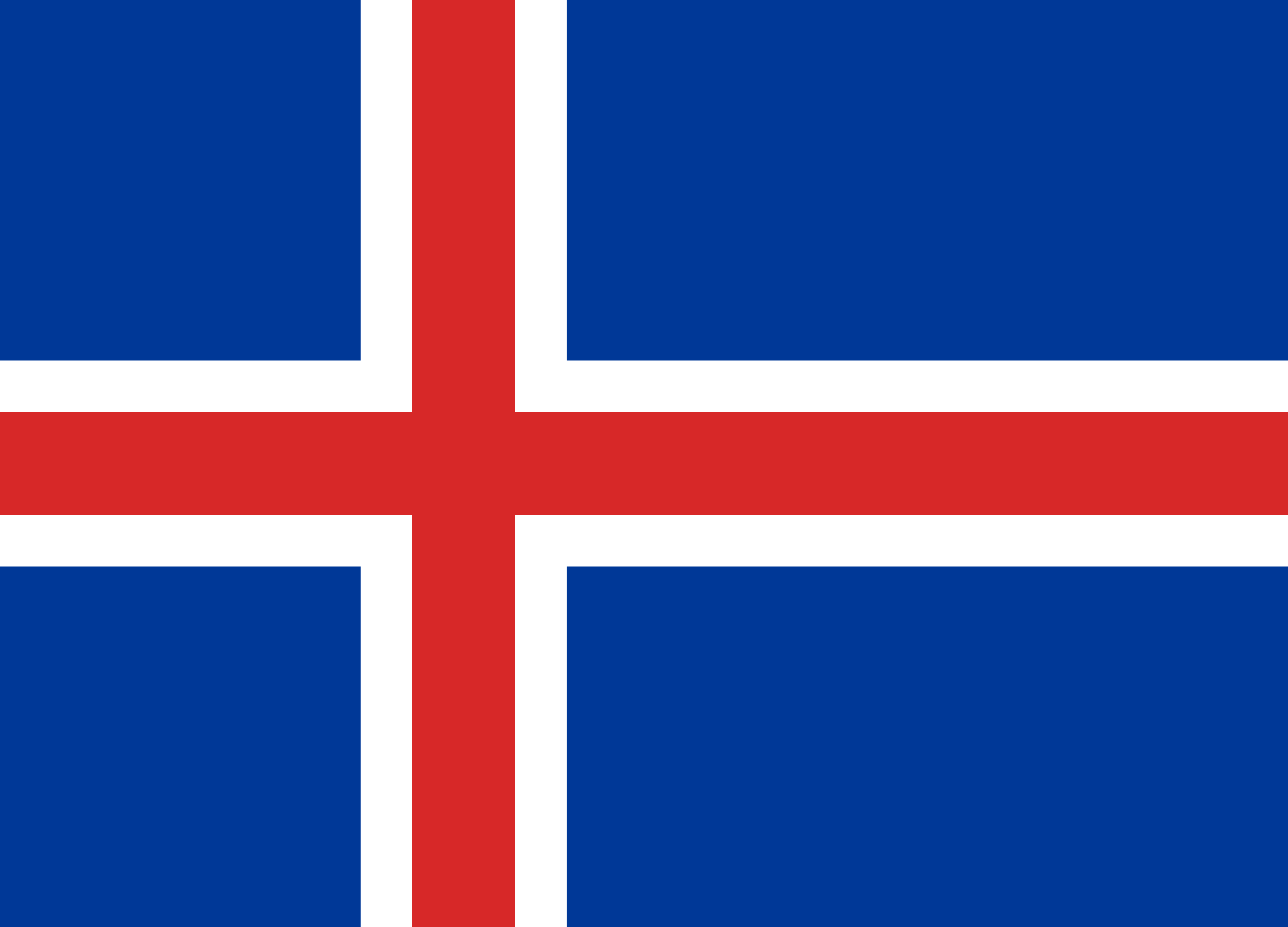
-
India

-
Indonesia
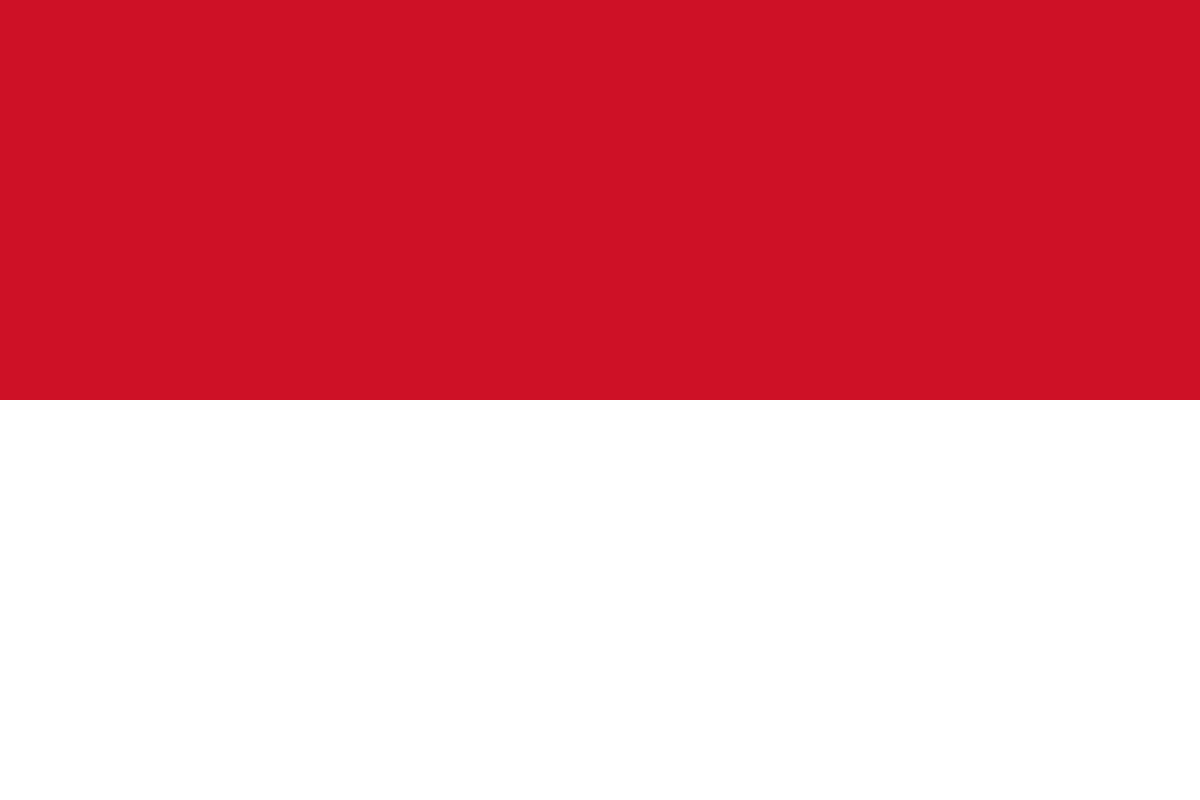
-
Iran

-
Iraq

-
Ireland

-
Israel

-
Italy

-
日本

-
Korea

-
Kosovo

-
Kuwait

-
Latam

-
Latvija

-
Lithuania

-
Luxembourg

-
Malaysia

-
Mauritius

-
Media Library
-
Mexico
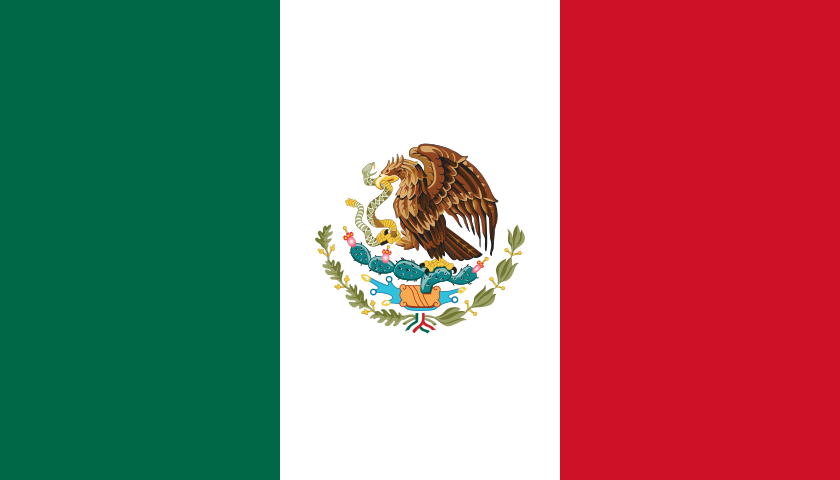
-
Mongolia

-
Morocco

-
Namibia

-
Nepal

-
Netherlands

-
New Zealand

-
Nicaragua

-
Norway

-
Oman

-
Pakistan

-
Panamá
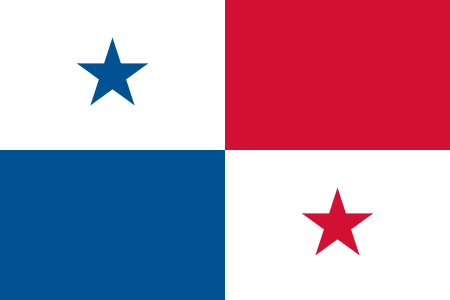
-
Paraguay

-
Perú

-
Philippines

-
Poland
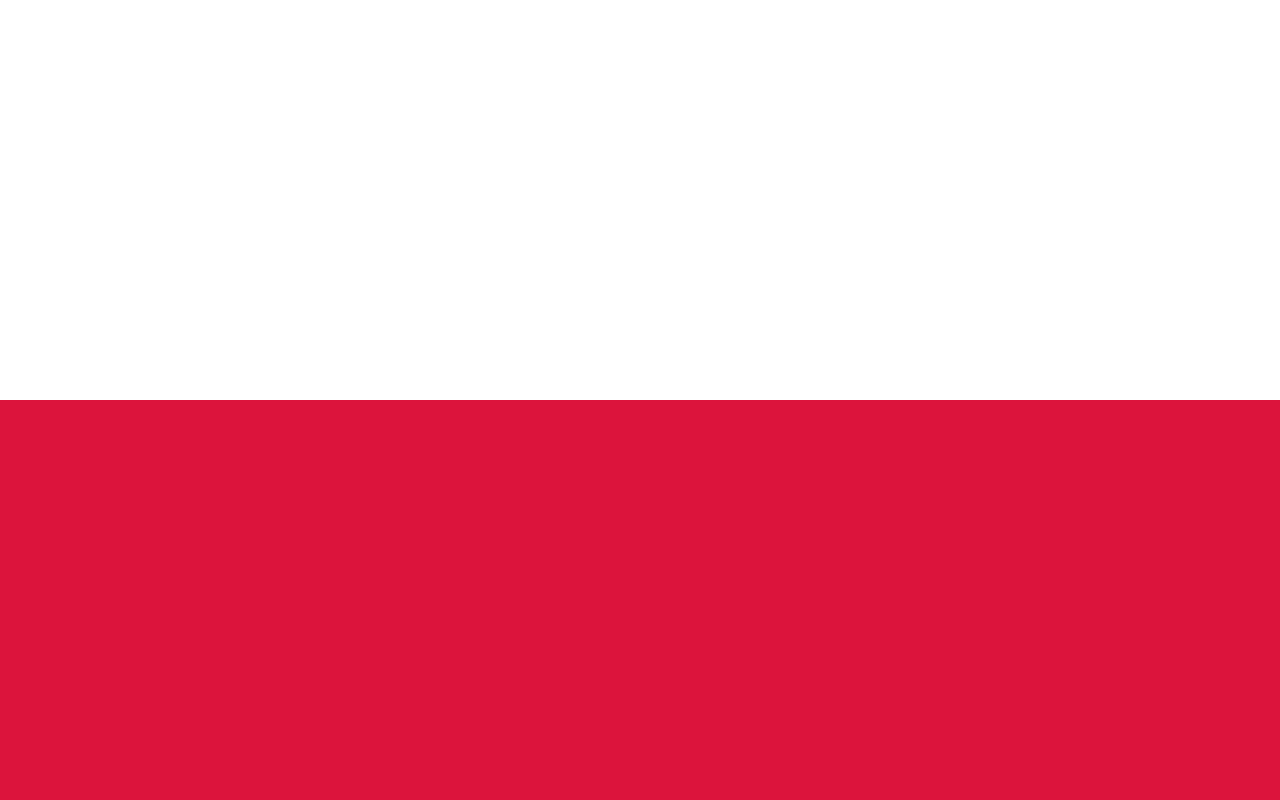
-
Portugal
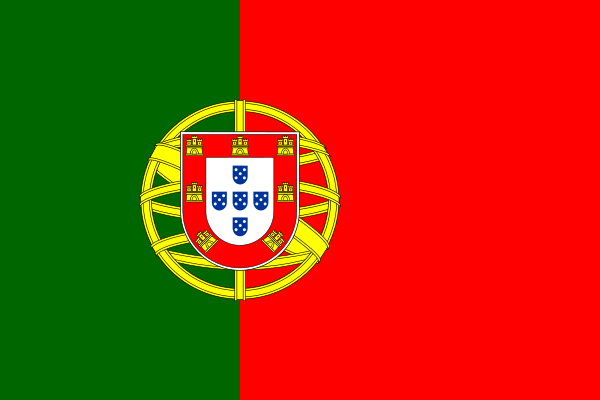
-
Qatar

-
República Dominicana
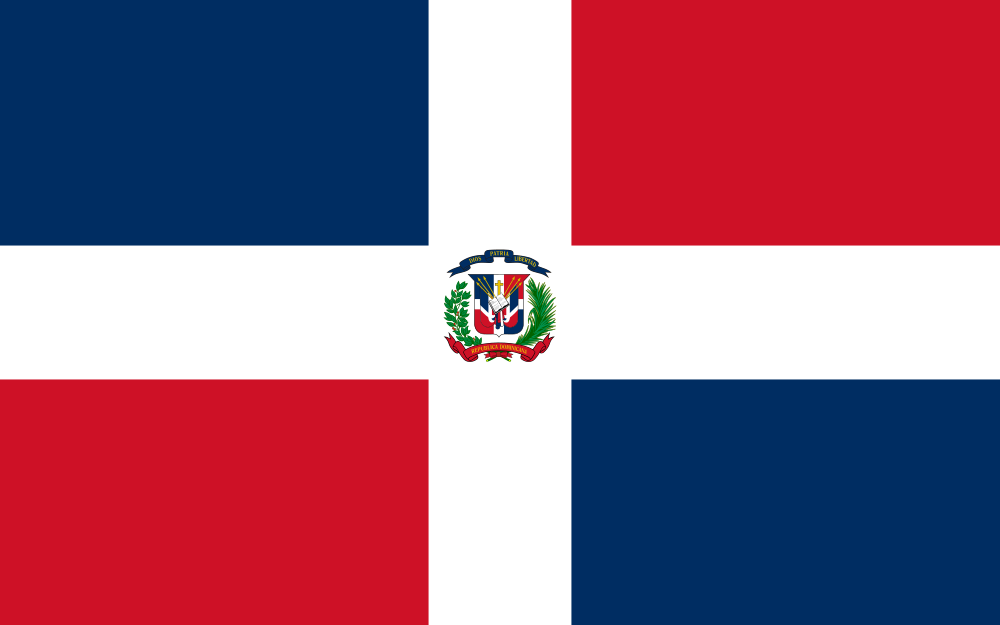
-
Romania

-
Russia

-
Saudi Arabia

-
Serbia

-
Singapore

-
Slovakia

-
Slovenia

-
South Africa

-
España

-
Sudan

-
Sweden

-
Switzerland

-
Taiwan
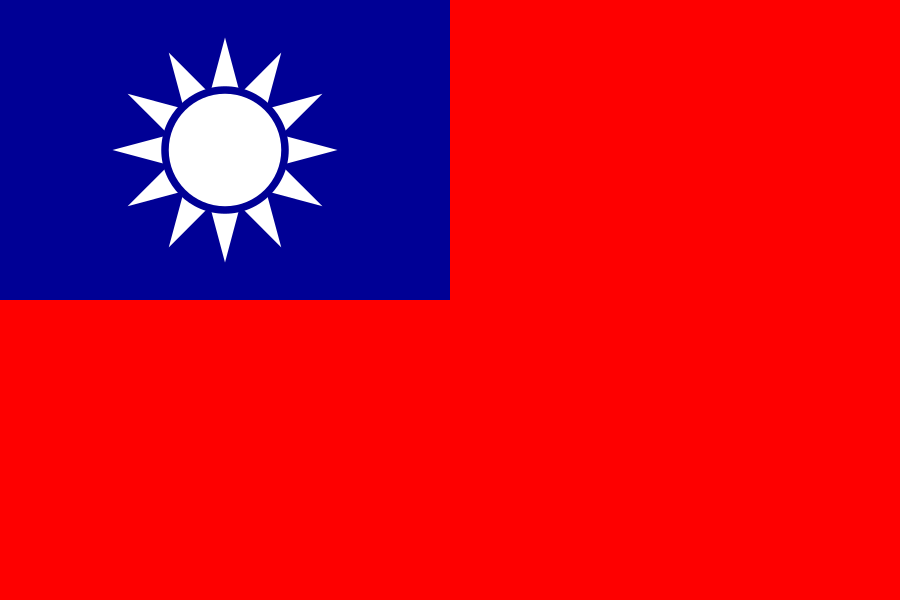
-
Thailand

-
Türkiye

-
USA

-
Ukraine

-
United Arab Emirates

-
United Kingdom

-
Uruguay

-
Uzbekistan

-
Venezuela
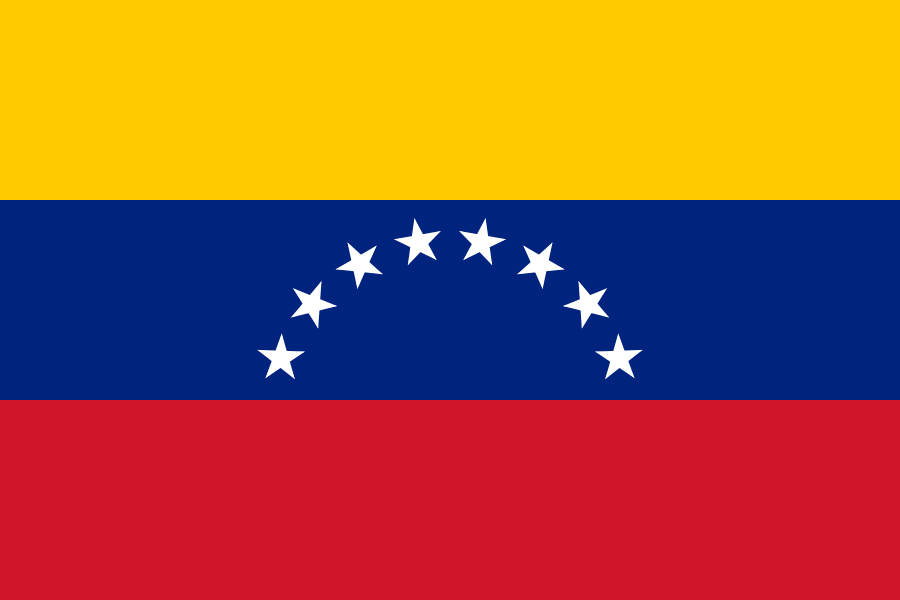
-
Vietnam

-
Waze Communities Hub

-
Laos

-
Yemen
